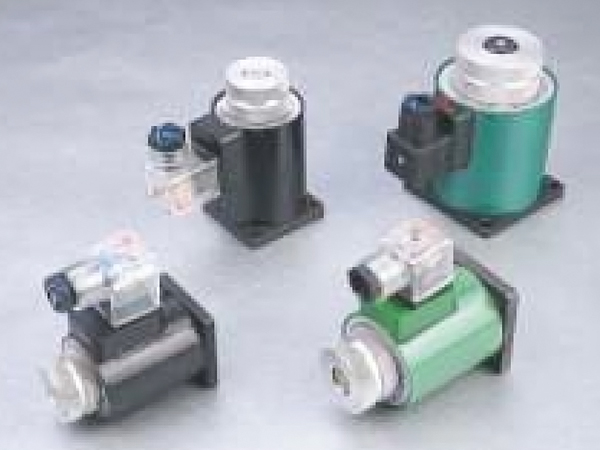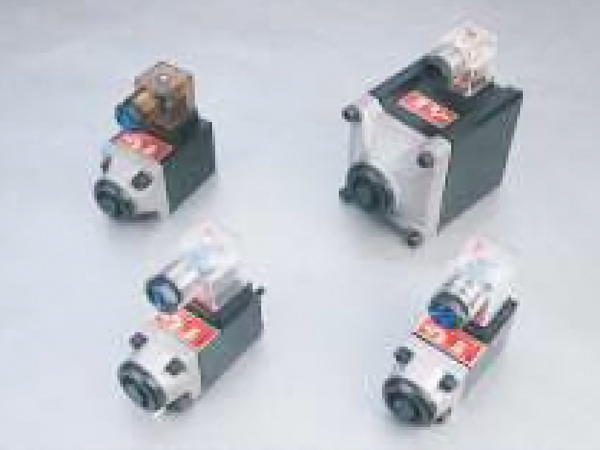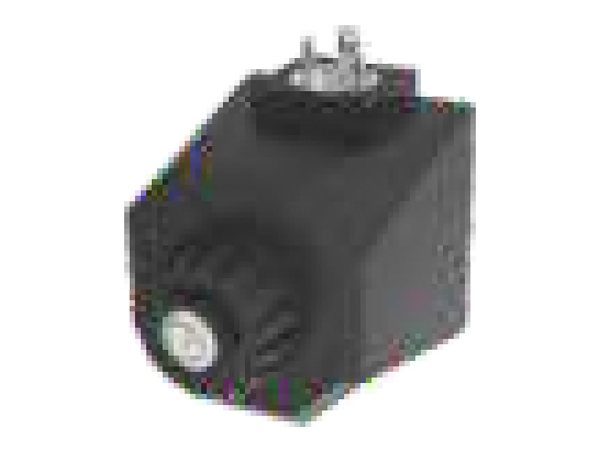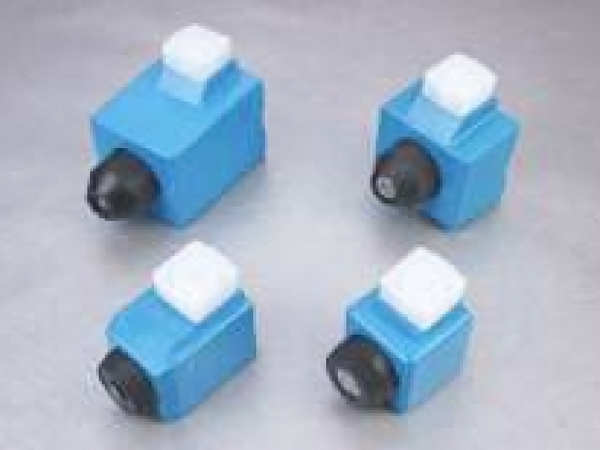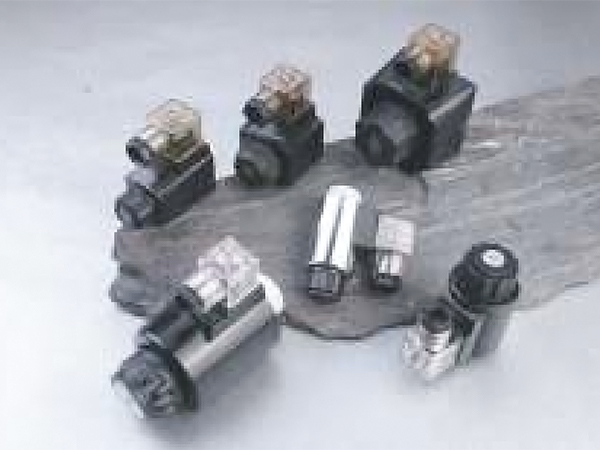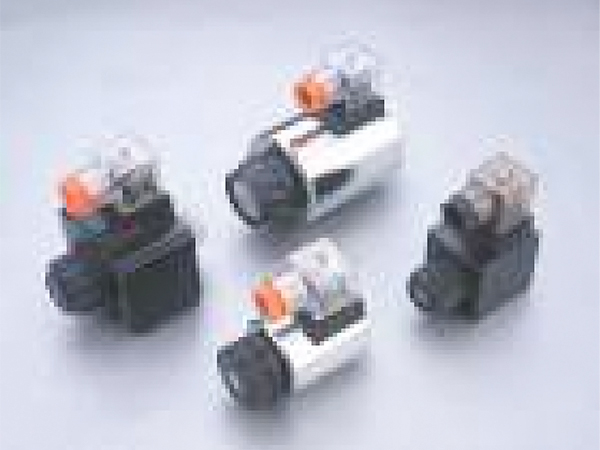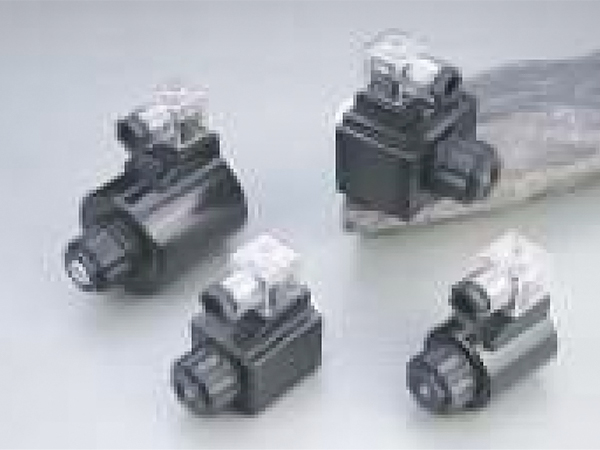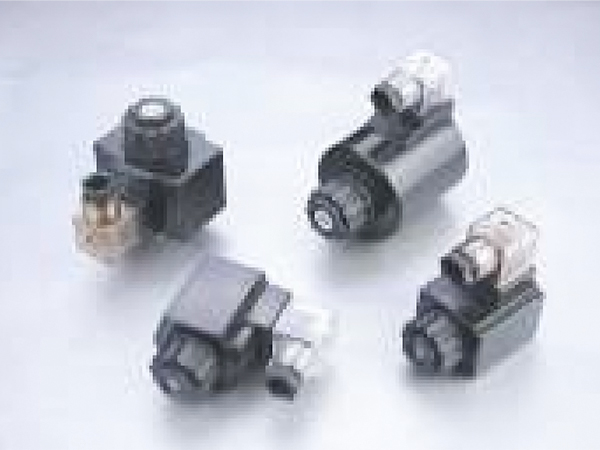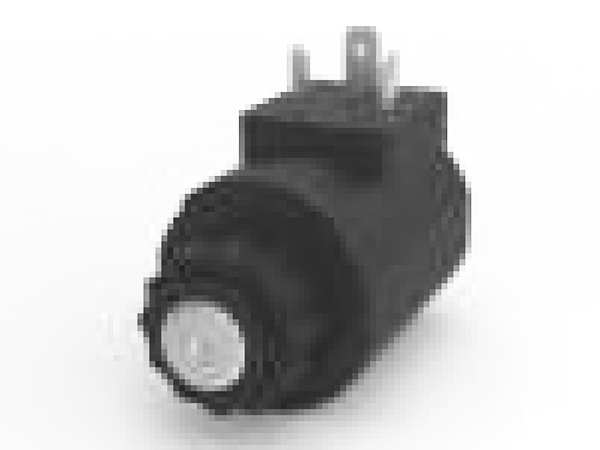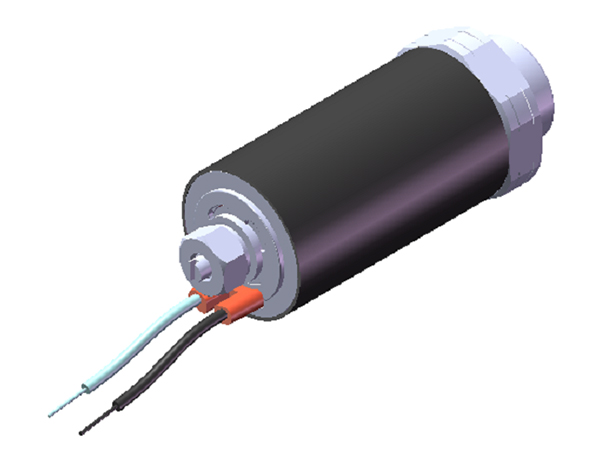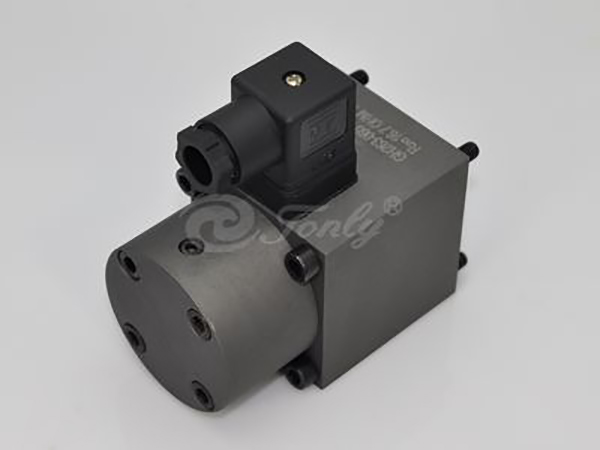How does the installation process of a Hydraulic Position Sensor impact the overall performance of the hydraulic system?
The precise alignment of the Hydraulic Position Sensor is fundamental to its operation. For the sensor to provide accurate position feedback, it must be properly aligned with the actuator and the rest of the hydraulic components. Misalignment between the sensor and the actuator can result in skewed position readings that cause the system to misinterpret the actual position of the actuator. This could lead to erratic system behavior, such as incorrect movement or inaccurate responses from hydraulic valves. Misaligned sensors may also experience unnecessary mechanical strain, which can lead to premature wear, reduced lifespan, and higher maintenance costs. Therefore, ensuring that the sensor is positioned correctly relative to the hydraulic components is critical for maintaining optimal accuracy, preventing system inefficiencies, and extending the sensor’s service life.
Sensor calibration is the process of adjusting the sensor's output to match the operational parameters of the hydraulic system. Without proper calibration, the Hydraulic Position Sensor will provide erroneous data, which could compromise the control of hydraulic operations. The calibration process involves setting the sensor’s reference points to the exact travel or motion limits of the hydraulic actuator, ensuring that the sensor is synchronized with the actual system performance. Incorrect calibration can result in the actuator reaching its limits prematurely or failing to reach the expected stroke length, leading to underperformance or system failure.
Hydraulic systems are typically managed by sophisticated control units, such as PLCs (Programmable Logic Controllers) or DCS (Distributed Control Systems), which rely on accurate sensor data to adjust hydraulic parameters like pressure, flow, and valve position. The installation of the Hydraulic Position Sensor involves connecting the sensor to the control system, ensuring that it transmits data accurately and in real-time. If there are issues in the wiring, incorrect connections, or failure to properly configure the sensor within the control software, the feedback loop between the sensor and the control system will be disrupted. This could result in the system failing to respond to pressure or position changes, affecting the efficiency and performance of the hydraulic circuit. Proper installation, including correct wiring and communication protocols, ensures that the sensor provides real-time feedback to the control system, which can then adjust the hydraulic components to maintain precise operation.
The mechanical mounting of the Hydraulic Position Sensor is another important consideration during installation. The sensor must be securely mounted in a location where it can continuously monitor the position of the hydraulic actuator without interference from other components, such as hoses or mechanical parts. Poor mounting can introduce mechanical stresses or vibrations, which could degrade sensor performance and lead to unreliable readings. Improper mounting could expose the sensor to harsh conditions like excessive vibration, high pressure, or temperature fluctuations, all of which can negatively affect sensor accuracy and longevity. Using the correct mounting hardware, such as brackets or sensor supports designed for the specific hydraulic system, and ensuring the sensor is free from external forces or environmental stressors, is essential for long-term durability and reliable performance.
The Hydraulic Position Sensor typically relies on electronic signals to communicate with the control system. Thus, correct electrical installation is crucial to avoid electrical noise, interference, or voltage fluctuations that can compromise the sensor’s performance. During installation, the wiring must be correctly routed to prevent signal degradation or short circuits. Proper grounding of the sensor ensures that any electrical surges or stray currents are safely diverted, preventing damage to sensitive electronics. Loose or improperly connected wires can result in intermittent or failed sensor readings, leading to malfunctioning hydraulic control systems. By using high-quality cables, connectors, and grounding practices, the sensor will function reliably and consistently, ensuring that the system operates at its highest level of efficiency.
For more information, please call us at + 86-574-88452652 or email us at [email protected].
Product Categories
The Proportional Solenoid for Hydraulics is designed to provide fine-tuned regulation of fluid flow ...
Hydraulic presses are used in industries such as metalworking, plastic molding, and stamping. Hydrau...
The integration of an External Shock-Absorbing Solenoid Valve provides substantial improvements in s...
Coils for Cartridge Solenoid Valves used in mobile hydraulic and industrial equipment must be design...
Coils designed for higher voltages have higher internal resistance due to longer or thinner wire win...
The precise alignment of the Hydraulic Position Sensor is fundamental to its operation. For the sens...

 English
English 简体中文
简体中文